Body parts
Imperial innovations are bringing the human body into the 21st-century
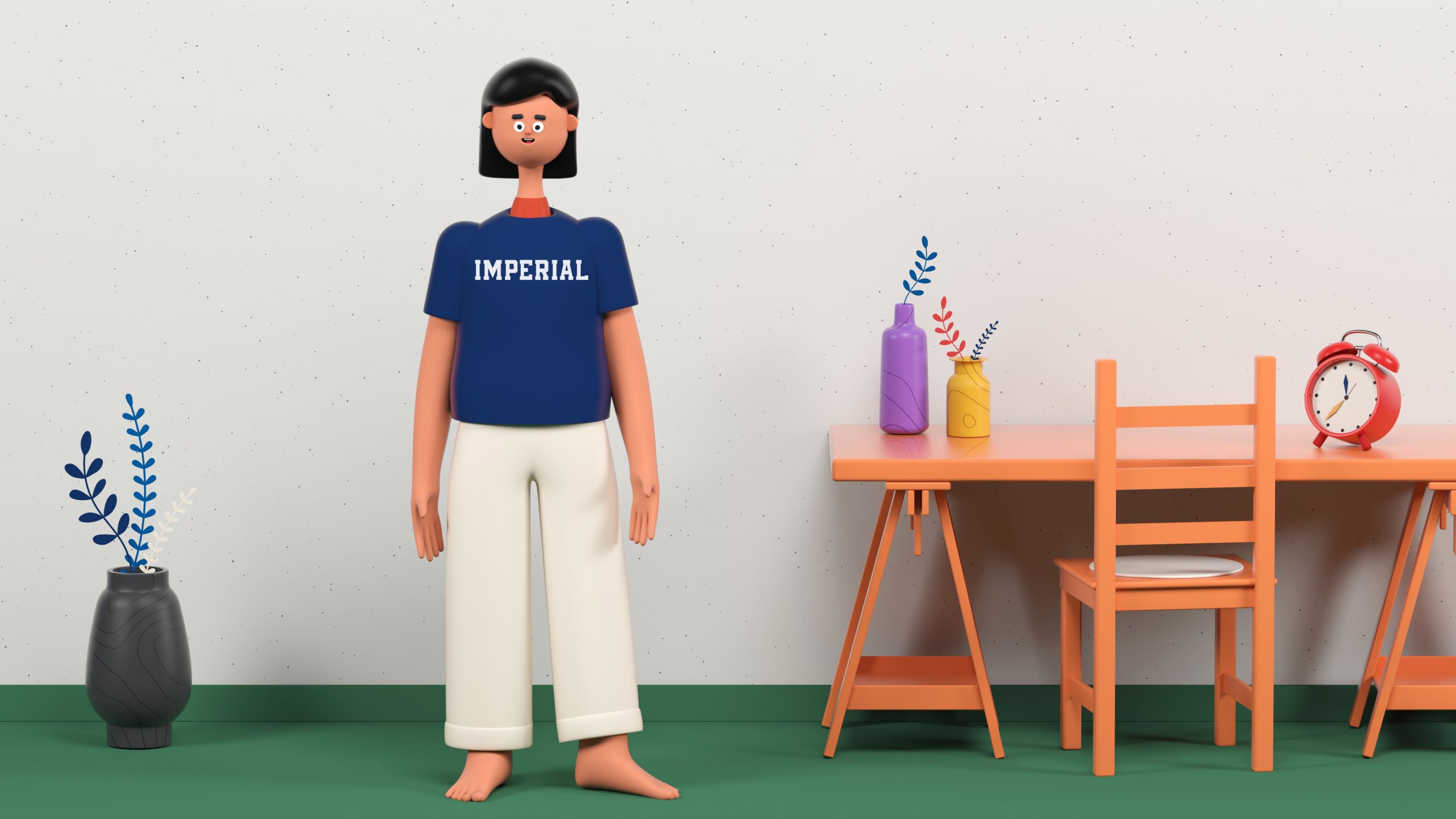
Since the dawn of time we've made upgrades and modifications to our bodies.
Clothing, haircuts, spectacles, watches, corrective surgery, probiotic supplements – the list has grown and diversified alongside our increasing grasp on the sciences.
Sure, some body upgrades are more about vanity than utility. But the ones which have really taken off have tended to come down to this: they make our lives a little more exciting and, in their most important forms, a little easier.
Imperial scientists have long been at the forefront of innovations which impact on our bodies. From entrepreneurial students and citizen scientists to pioneering professors, medtech experts to robotics whizzes, people in all corners of our community are forever dreaming up inventions which make our lives better.
To give you a flavour of the diversity of innovations recently coming out of the Imperial ideas factory, we've rounded up some inventions for all parts of the body.
Click on any of the icons on our interactive infographic below, or simply scroll through the full feature.
Mind

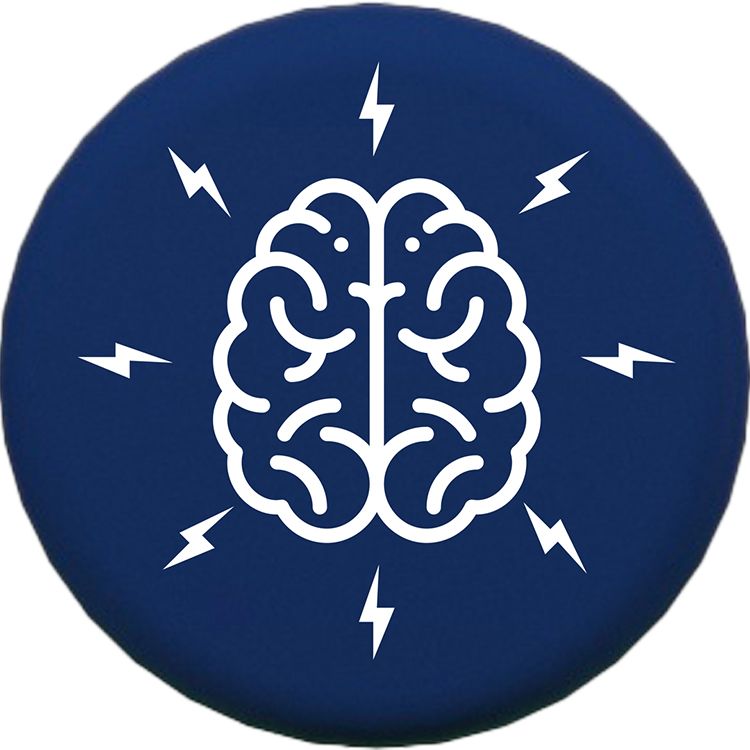
Mind reading machines
What?
Imperial researchers are investigating a technique for stimulating the brain with electrical fields which could hold the key to treating a range of brain disorders.
Why?
Clinical evidence shows that electrical currents can be used to target specific regions of the brain, changing their activity and helping to alleviate symptoms of some chronic conditions, such Parkinson’s. This can carry risks due to its invasive nature, with electrodes having to be surgically implanted deep into the brain.
How?
Rather than directly targeting a brain region with an implanted electrode, temporal interference uses electric fields of different frequencies to subtly ‘nudge’ brain activity.
The process involves using electrodes attached to the scalp, with small amounts of electrical current applied, generating two high frequency electric fields of slightly different frequencies.
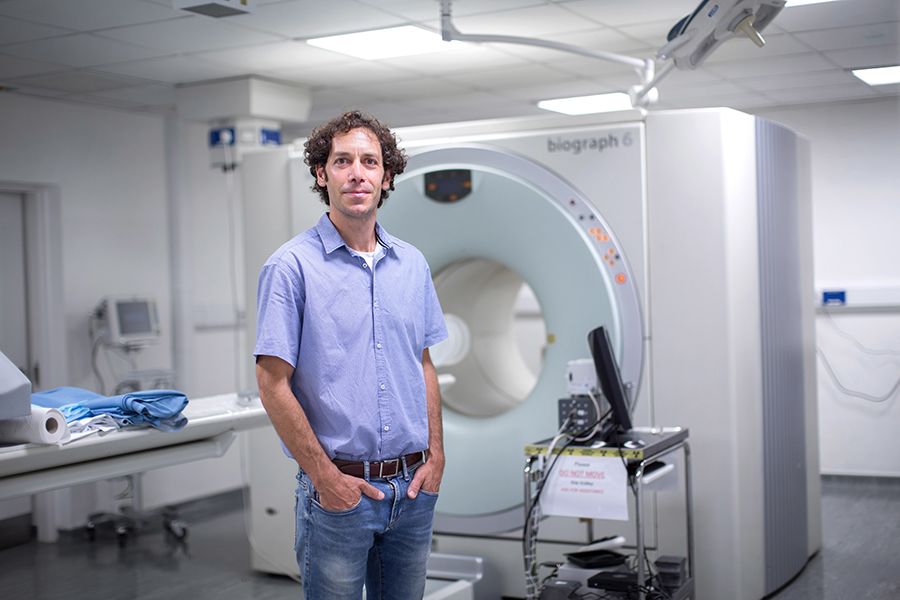
Who?
Dr Nir Grossman, a Fellow of the Dementia Research Institute in the Department of Brain Sciences.
Eyes + Senses

A plug-and-play tool for helping prevent sight loss
What?
An invention which could dramatically speed up the diagnosis of diseases that lead to sight loss, from startup VUI Diagnostics.
Why?
One billion people around the world suffer from blindness that could be avoided, and this could have been prevented in 80% of these people with early diagnosis. Retinal screening is often neglected because current tools are complex, slow and inaccurate.
How?
Their solution is a simple, affordable, and accurate plug-and-play retinal imaging tool that can connect to a smartphone or laptop via Bluetooth. They say their tool is considerably faster than ophthalmoscopy, and can image ten times more of the eye, allowing for greater accuracy.
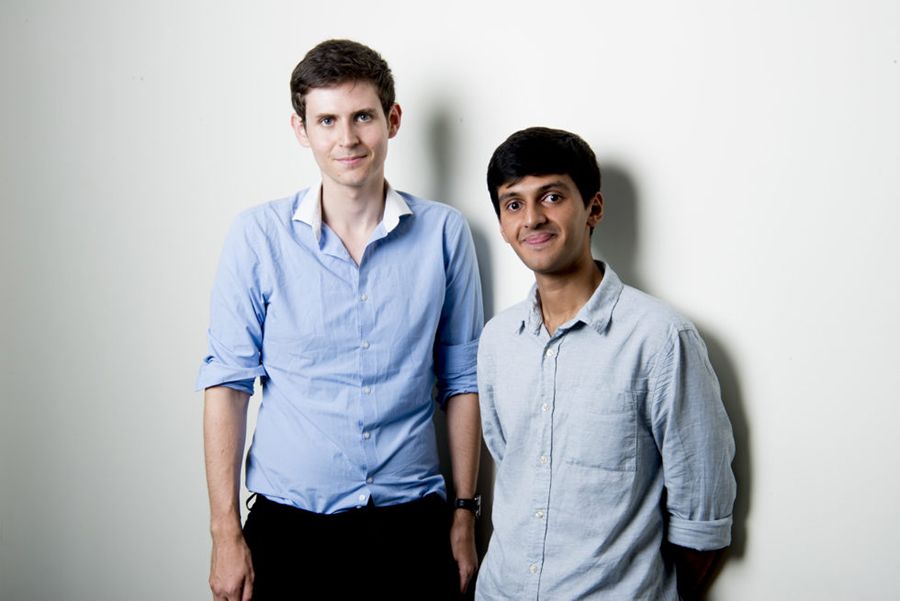
Who?
Final year medical students Simon Rabinowicz and Uddhav Vaghela co-founders of VUI Diagnostics.
A sight-operated wheelchair
What?
A team at Imperial is developing a self-driving, self-navigating wheelchair for paralysed people who can lead with their gaze.
Why?
The wheelchair will help people navigate their homes and the world outside. If the user can move their eyes, they can operate the wheelchair that reads their intentions from their eyes, improving everyday independence.
How?
The self-driving artificially intelligent wheelchair combines widely available existing technologies, such as eye tracking system and laptops, with electric wheelchairs. It uses a Light Detection and Ranging (LiDAR) sensor, an infrared-based sensor commonly used on self-driving cars, to build a 360-degree map of the user’s environment.
The eye tracker gathers information on eye movements, and the AI programme defines where the wheelchair should move to, and guides it to avoid obstacles.
Who?
A team led by Dr Aldo Faisal from Imperial’s Departments of Computing and Bioengineering.
A smart baby buggy to help visually-impaired parents
What?
A ‘self-drive’ pram uses technology from cars to sense its environment.
Why?
Ramona Williams noticed a lack of options to help sight-impaired people safely take their children out and about. Ramona has had impaired vision since she was born and did not feel comfortable using a pushchair with her cane folded up. The cane is also normally a clear signal to others of her impairment.
How?
The Smart Baby Buggy uses a combination of LIDAR – laser technology used in self-driving cars – and ultrasound sensors to warn users of oncoming hazards such as vehicles, pedestrians, and curbs through vibrations in the handlebar.
Who?
Ramona shared her idea with Imperial through the College’s partnership with the London Borough of Hammersmith and Fulham. A team of second year biomedical engineering students, led by Samuel Martin Frias, has brought her idea to life.
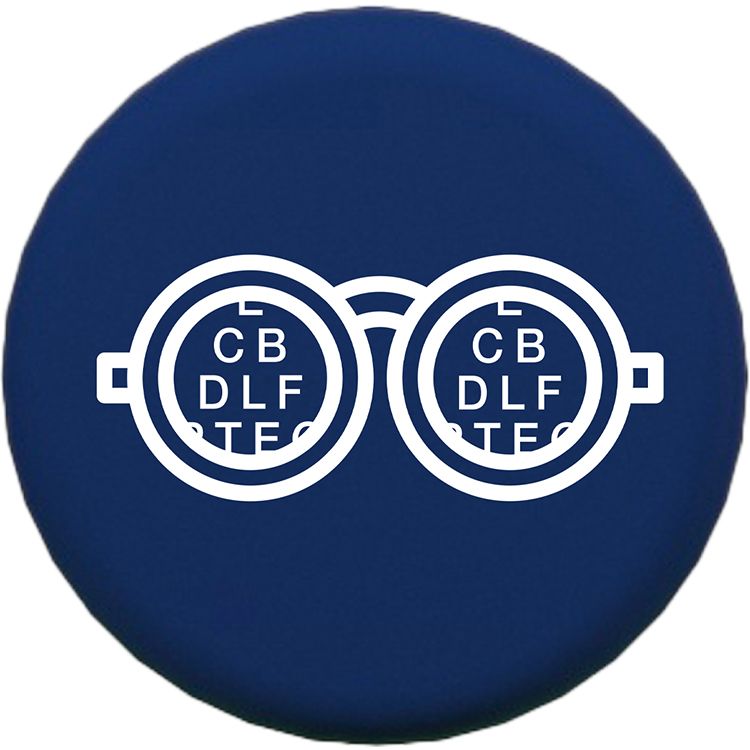
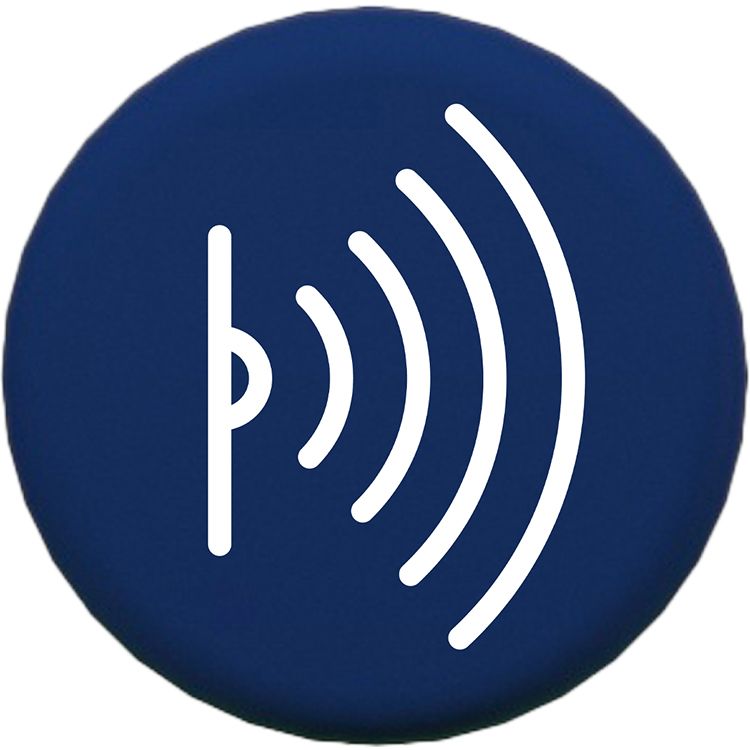
Mouth


Edible water bottles
What?
Imperial alumni have invented edible liquid capsules made from seaweed called Ooho.
Why?
The startup behind the innovation, NotPla, is aiming to pioneer the use of natural materials extracted from plants and seaweed to create packaging with low environmental impact and help tackle the problem of plastic waste. While designed to be edible, the team say the Ooho material degrades in a natural environment in 6 weeks on average – in comparison to plastic bottles which take over 400 years to decompose.
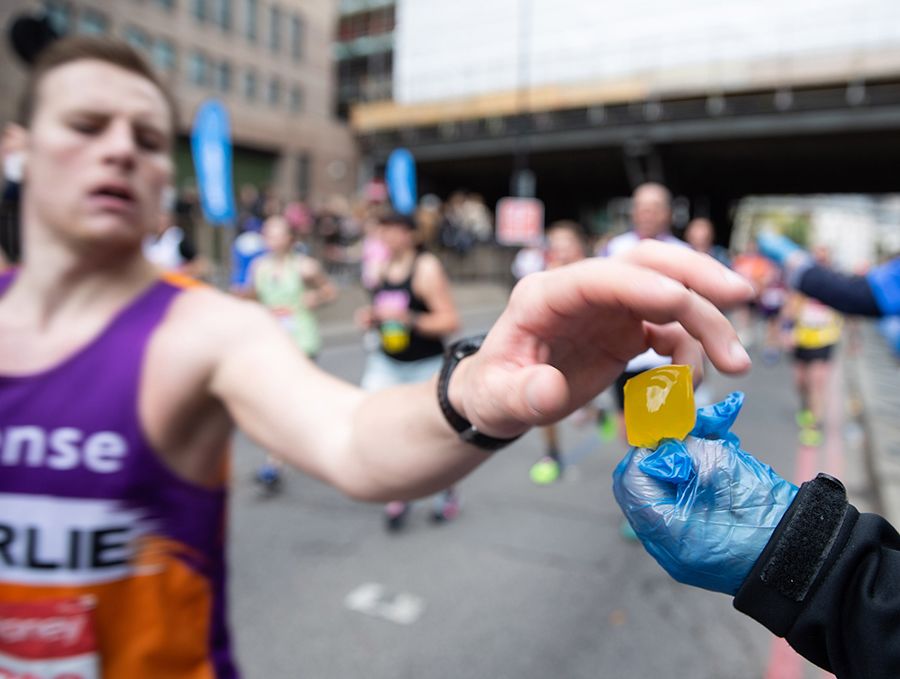
How?
Ooho is an edible, tasteless and biodegradable membrane made from seaweed that can be used to contain water and other liquids in a small ‘bubble’.
Who?
The capsules are developed by NotPla, made up of Imperial graduates Pierre Paslier and Rodrigo Garcia.
Super-hydrating sweets
What?
Jelly Drops is a sweet that can be given to dementia patients to combat dehydration, the leading cause of death among dementia sufferers.
Why?
Founder Lewis first thought of the idea as a project to help his own grandmother after realising she was having trouble staying hydrated. Their solution is to offer a treat that will excite and engage dementia patients while hydrating them.
How?
The bright treats are made up of over 90% water and have added ingredients to optimise hydration. They are appealing to people with dementia, and the firm, easy to grip ‘drops’ makes them simple to pick up. The team have been trialling the treats in a number of care homes.
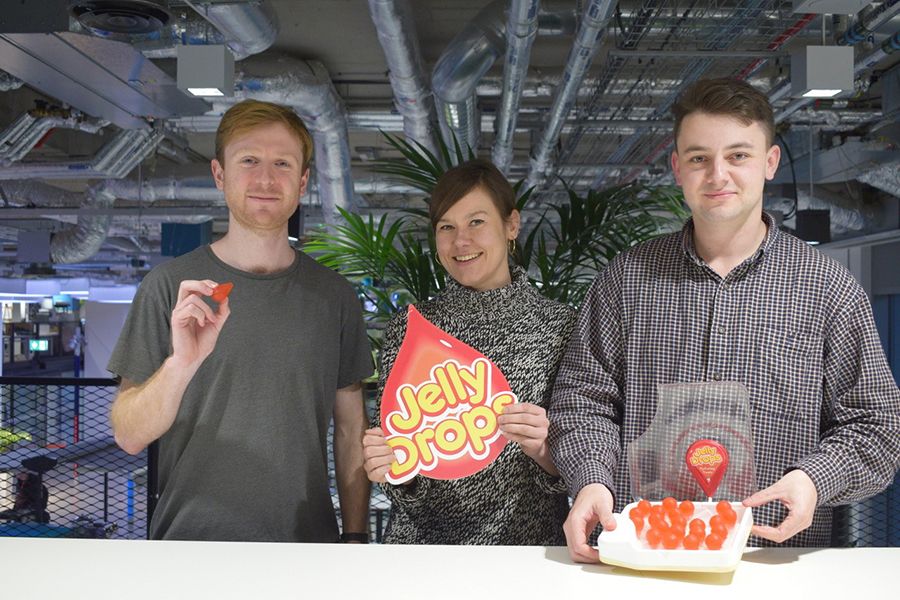
Who?
Lewis Hornby, Nick Hooton and Claudia Arnold, Innovation Design Engineering graduates, delivered jointly by Imperial and the Royal College of Art.
An app that uses your DNA to suggest healthier food for you
What?
An app will advise shoppers on the healthiest food choices for them based on their DNA and metabolism. A flagship store has launched in Covent Garden to provide on-the-spot DNA testing, which helps users make healthier food choices.
Why?
Many people are unaware they are at risk of developing diabetes, however one in ten people with pre-diabetes go on to develop type 2 diabetes, which affects three million people in the UK. Type 2 diabetes can cause heart disease, stroke, and limb amputation – but can be prevented with a healthy diet, exercise, and weight loss.

How?
Using a swab of saliva, the DNA analyser can recognise what conditions you are genetically prone to, such as high blood pressure. The app is designed to help people with pre-diabetes by suggesting alternative similar food options that are healthier.
Who?
Professor Nick Oliver, from the Department of Metabolism, Digestion and Reproduction, led a clinical trial with DnaNudge and Waitrose & Partners to find out if the app could help improve the outcome for people with pre-diabetes.
Hands + Arms

A self-learning bionic hand
What?
A bionic hand that can be controlled by a patient’s own brain signals.
Why?
Currently most bionic limbs work by a few muscular signals directly controlling the prosthetic motors. Researchers want to enable patients to control prosthetics as naturally as their own limbs, with smoother movements. This bionic hand interprets muscular signals from brain activity with machine learning, which makes movements more natural.
How?
Electrodes attached to the patient’s stump pick up the electrical signals from their brain and send them to a mini-computer in the prosthetic. The computer uses a machine learning algorithm to understand the brain’s messages and move the prosthetic as the patient wishes.
Who?
Scientists led by Professor Dario Farina from the Department of Bioengineering at Imperial teamed up with the University of Göttingen.
A glove to help stabilise tremors
What?
The GyroGlove is a glove-like device that helps stabilise the hands of people with tremors.
Why?
Dr Faii Ong came up with the idea as a medical student at Imperial when he met a dementia patient who had stopped responding to her medication to prevent her shaking. There are a range of diseases that can cause hand tremors including Parkinson’s disease and Essential Tremor.
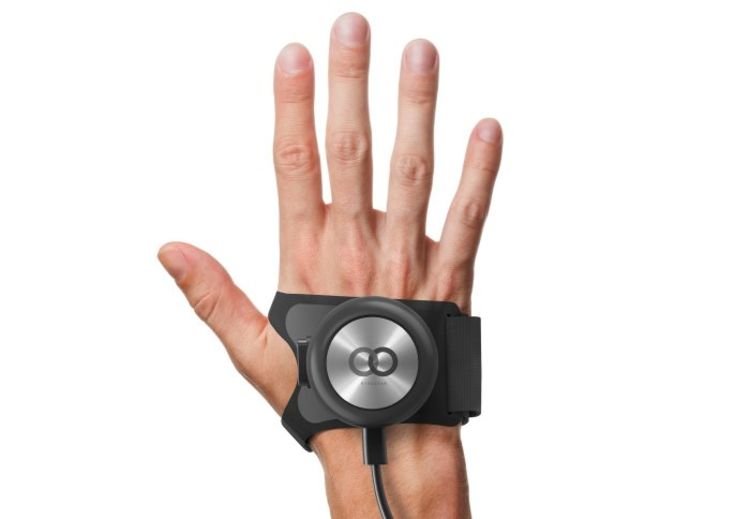
How?
The GyroGlove uses gyroscopes to counteract the patient’s hand tremors. A gyroscope is a spinning disk which seeks to remain in the same position, and is used to maintain orientation or stability. They are used in cutting-edge aerospace technology, such as guidance systems for planes and satellites.
Who?
GyroGear was founded by Dr Faii Ong, the first prototypes were developed through Imperial College Advanced Hackspace, and the work was also supported by Imperial’s Enterprise Lab.
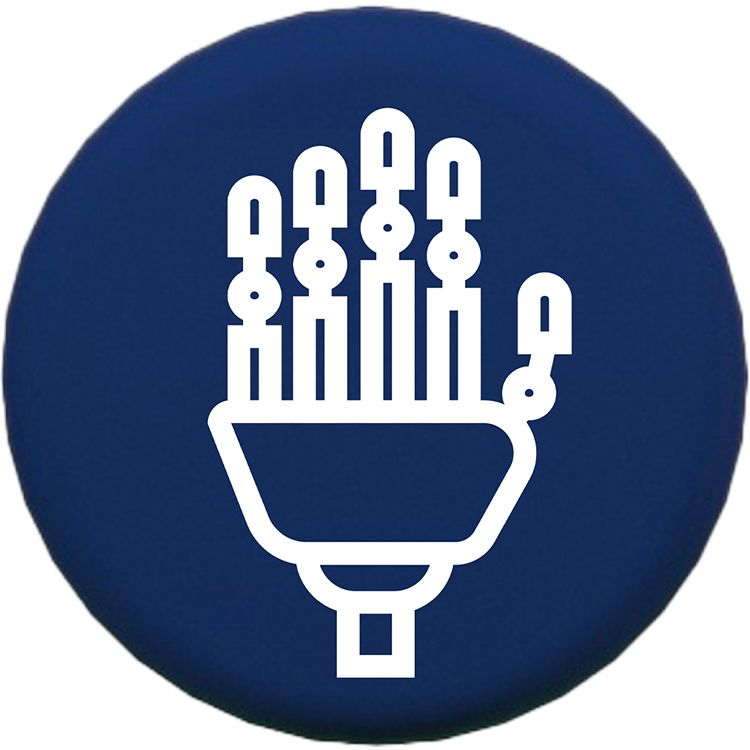
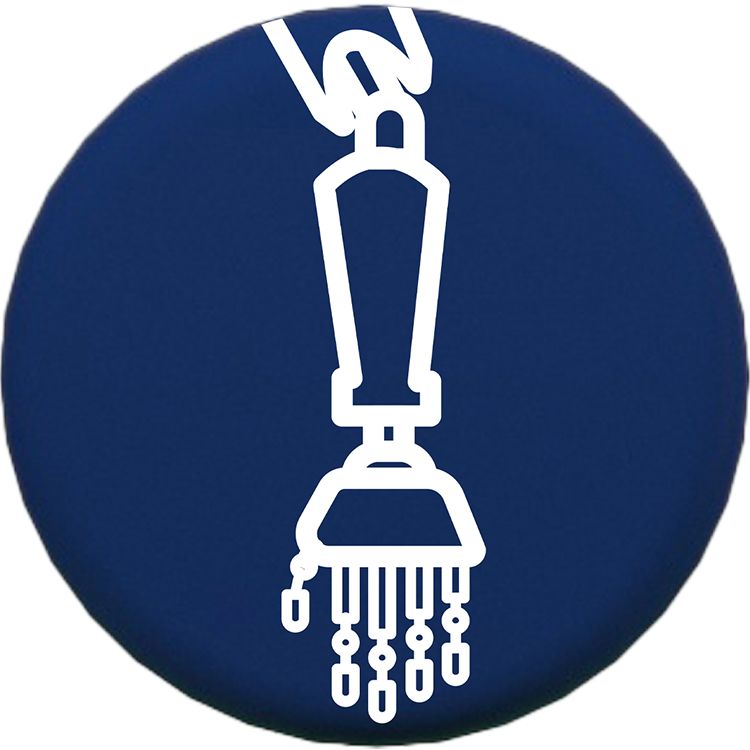
Heart


A beating patch to repair damaged heart muscle
What?
Researchers have grown a patch to repair damaged heart muscle.
Why?
Heart attacks can cause permanent damage to the heart muscle, reducing its ability to pump blood round the body, and leading to heart failure. More people are surviving heart attacks than before, due to advances in healthcare, which means there are more patients living with heart failure.
How?
The patch is created from stem cells and takes on the function of heart muscle, beating of its own accord. The patch can be grown from a patient’s own skin cells, but the ultimate goal is to have a stock of pre-made patches compatible with all patients.
Who?
Professor Sian Harding from the National Heart and Lung Institute has been leading a team of scientists to find ways to regenerate heart tissue and the hope is that this heart patch will be able to repair damaged heart muscle.
Skin

Smart tattoos that could monitor your health
What?
Imperial academics have developed an ink containing a pigment that changes colour depending on its wearer’s health status. The colour change can be detected using a smartphone app.
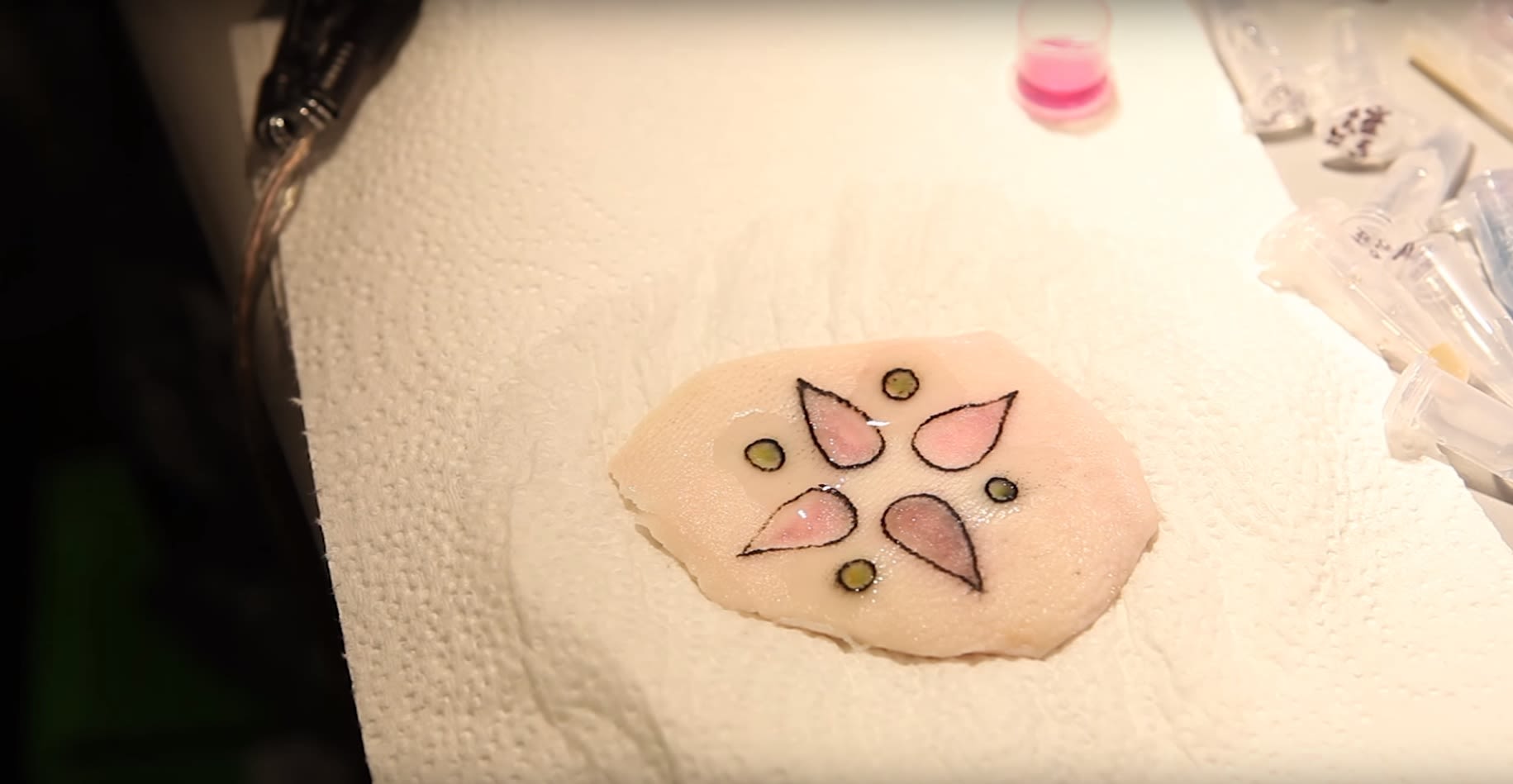
Why?
The idea could alert wearers to health issues, such as warning diabetic patients about fluctuating blood sugar levels or helping keep athletes’ hydration levels in check.
How?
The pigment in the ink can detect and measure molecules like glucose in the blood through skin.
Who?
The idea is the brainchild of Dr Ali Yetisen and PhD student Rosalia Moreddu, both from Imperial’s Department of Chemical Engineering and Institute for Molecular Science and Engineering. Rosalia is testing potential tattoo sensors as part of her PhD.

Skeleton

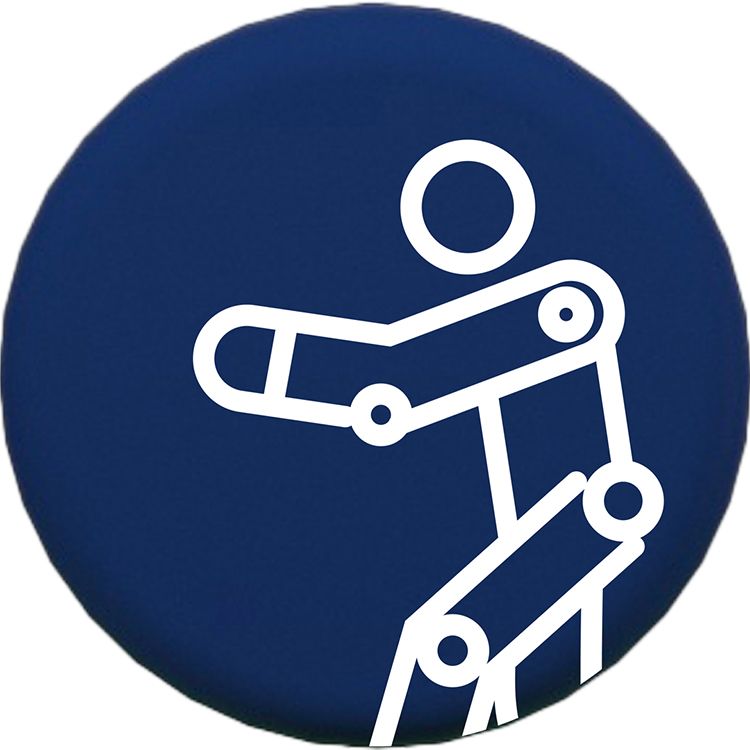
An exoskeleton for controlling robots
What?
Researchers have built an upper-limb exoskeleton called "DE VITO" (Design Engineering's Virtual Interface for Tele-Operation) to allow them to operate robots remotely.
Why?
Most tasks that can be easily completed by humans are not possible by a robot. Teleoperation, where a robot is remotely controlled by a human operator, could be the answer. It combines the motion intelligence of a human for difficult tasks, while exploiting the robot’s reliability and precision in less challenging situations.
How?
The exoskeleton measures the pose of the human operator in order to control a robot through teleoperation. DE VITO has been designed and built from low-cost and low-power components to be extremely lightweight and portable. It can be used with a virtual reality headset, hand controllers, and body tracking markers for a fully immersive experience.
Who?
The Robot Intelligence Lab at the Dyson School of Design Engineering have designed and built the exoskeleton, and have tested it for controlling Imperial’s ROBOT DE NIRO.
Knee

A mini MRI scanner
What?
Researchers have developed a prototype mini MRI scanner that fits around a patient’s leg and could potentially help diagnose knee injuries more quickly and more accurately.
Why?
Currently key components of the knee joints such as ligaments and tendons are difficult to see in detail in MRI scans. The scientists say the device (which looks like a large metal ring through which a patient places their leg) could help diagnose conditions such as anterior cruciate ligament injuries, particularly common among footballers.
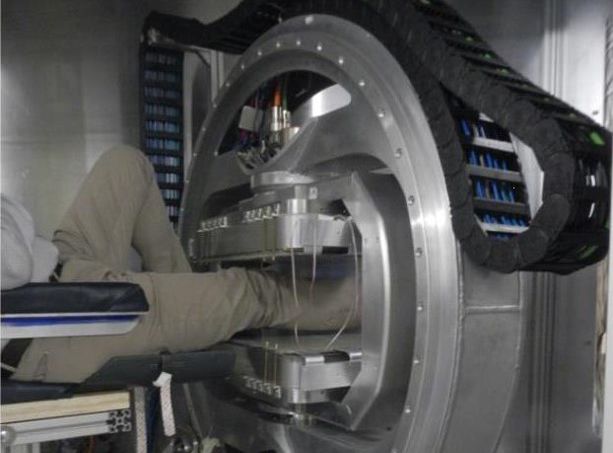
How?
To overcome this problem, researchers harnessed the power of a phenomenon called the ‘magic angle’. The brightness of tissues such as tendons and ligaments in images strongly depends on the angle between the collagen fibres and the scanner’s magnetic field. If this angle is 55°, the image can be very bright, but for other angles it is usually very dark.
Who?
Dr Karyn Chappell, a researcher and radiographer from Imperial’s MSK Lab.

Blood


A DNA analyser that detects flu and drug-resistant bugs
What?
A device that analyses DNA, called Genalysis, has been developed to detect the early signs of drug-resistant bugs and influenza in patients, from just a blood sample.
Why?
The Centers for Disease Control and Prevention (CDC) estimates that antimicrobial resistant (AMR) infections in the USA cause 23,000 deaths a year. We are now all too aware of the devastating impact a flu pandemic can have on a global scale. Currently analysis for drug resistance can take up to three days.
How?
Genalysis can analyse a blood sample in a matter of hours, identifying bugs present, and also sequencing the genes resistant to treatments. This could make us much more efficient at screening patients during a pandemic outbreak to discern those who need treatment. Genalysis hopes to make treatments quicker, personalised and more effective.
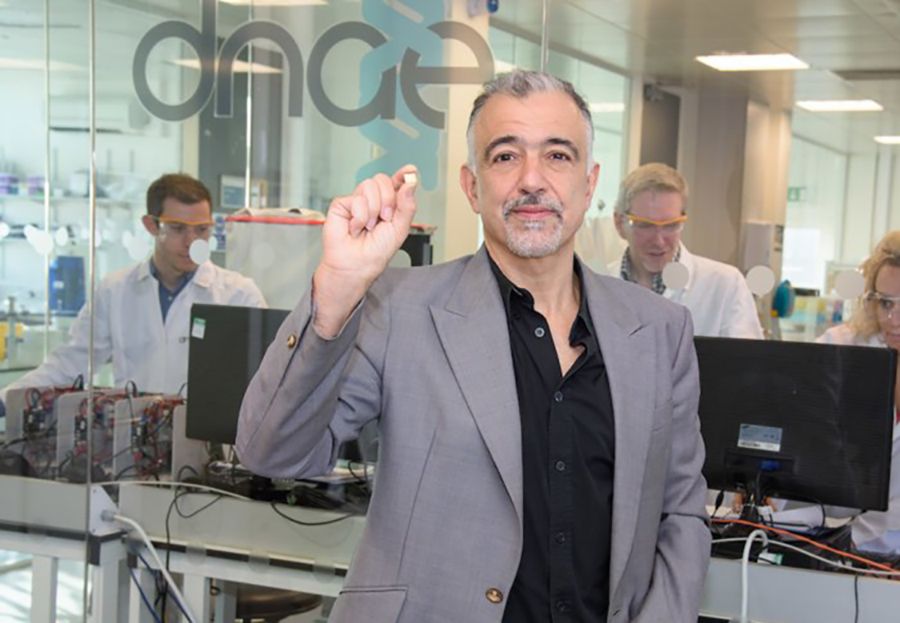
Who?
Professor Chris Toumazou, from the Department of Electrical and Electronic Engineering, and Imperial alumnus Dr Sam Reed are behind the Imperial start-up DNA Electronics, that is developing Genalysis.
—
Image credit: All 3D illustrations designed by Jungmin Studio.
